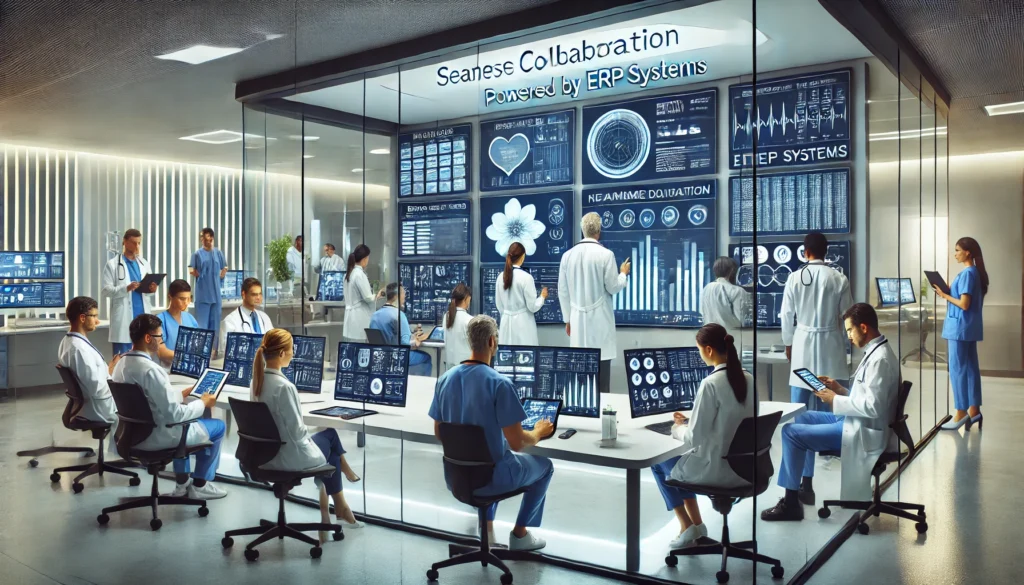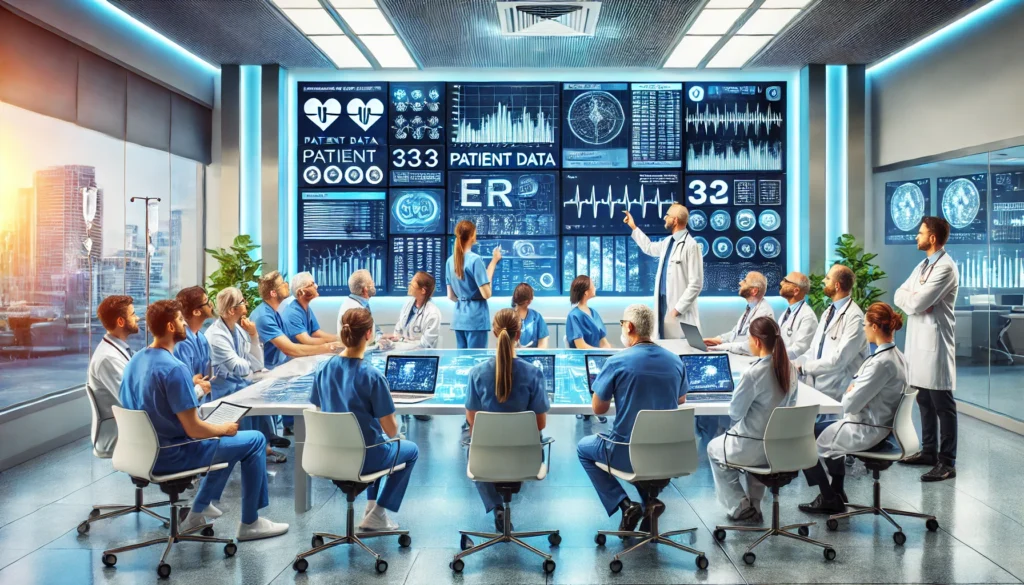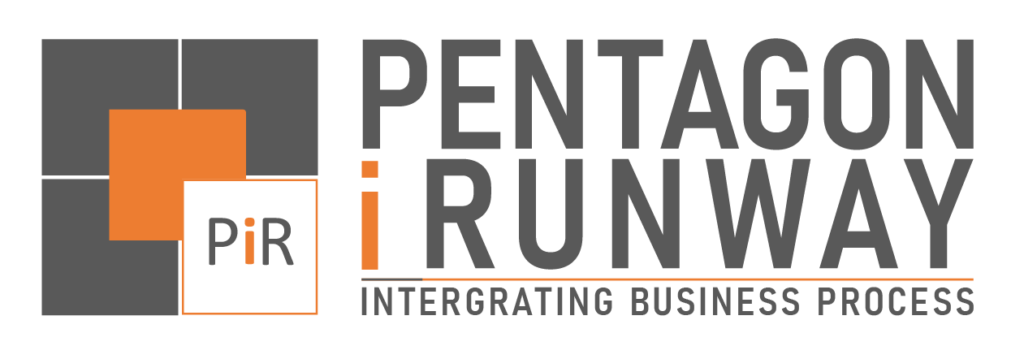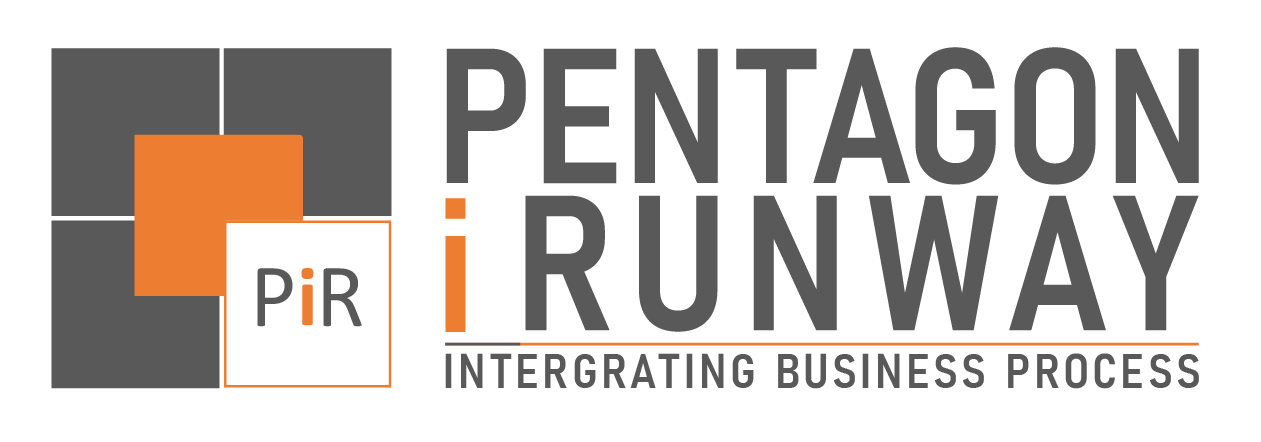In the complex ecosystem of healthcare, collaboration is critical to ensuring high-quality patient care and operational efficiency. However, traditional hospital systems often suffer from silos—disconnected departments that lead to inefficiencies, miscommunication, and poor patient outcomes. The solution? Enterprise Resource Planning (ERP) systems tailored for healthcare.
ERP systems integrate diverse hospital functions into a single platform, facilitating seamless communication, centralized data management, and streamlined workflows. This blog explores how ERP systems are revolutionizing collaboration in hospitals, breaking down operational silos, and paving the way for efficient healthcare delivery.
The Challenge of Silos in Healthcare
Key Issues Caused by Silos:
- Delayed Information Flow: Critical patient data is not shared in real-time, delaying diagnoses and treatments.
- Resource Mismanagement: Without a centralized system, tracking assets like equipment and medications becomes challenging.
- Reduced Productivity: Manual data entry and redundant workflows waste time and effort.
- Poor Patient Experience: Lack of coordination leads to longer wait times and inconsistent care quality.
These challenges underscore the need for a unified system that bridges departmental gaps.
What Are ERP Systems in Healthcare?
ERP systems are integrated platforms designed to manage and streamline hospital operations. They centralize processes like patient admissions, laboratory testing, inventory management, and billing into a single system. This centralization ensures that all departments work cohesively, improving overall efficiency and collaboration.
Key Functionalities of Healthcare ERP
- Patient Management
Streamlines inpatient and outpatient workflows, from admissions to discharge. - Laboratory and Radiology Coordination
Integrates diagnostic processes for faster results and better communication. - Pharmacy Operations
Ensures real-time inventory updates and accurate medication tracking. - Resource and Asset Management
Optimizes the use of medical equipment, beds, and other hospital assets.
By integrating these functions, ERP systems become the backbone of efficient hospital management.
How ERP Systems Break Down Silos
Centralized Data Management
ERP systems address the root causes of operational silos by providing a unified platform that integrates data and processes across departments.
Real-Time Communication
ERP systems enable instant communication between departments through shared dashboards, automated alerts, and messaging tools. For instance, the pharmacy is notified immediately of any prescriptions, ensuring timely medication dispensation.
Workflow Automation
Repetitive tasks such as appointment scheduling, billing, and inventory updates are automated, reducing errors and saving time. Automated workflows ensure that critical processes, like surgery preparations, are carried out efficiently and on time.
Resource Optimization
ERP systems provide insights into resource availability, ensuring efficient allocation of hospital assets, from operating rooms to medications and equipment. This reduces waste and enhances service delivery.
Enhanced Patient Experience
By integrating all hospital functions, ERP systems ensure a smoother patient journey. Coordinated care and timely communication improve patient satisfaction and outcomes.

Key ERP Features Driving Collaboration in Hospitals
Healthcare ERP systems offer a range of features that enhance interdepartmental collaboration:
Front Office Integration
Simplifies patient registration, appointment scheduling, and billing, providing a unified interface for administrative tasks.
Inpatient and Outpatient Management
Tracks patient data from admission to discharge, ensuring seamless communication between medical staff and departments.
Laboratory and Radiology Modules
Automates test orders and results sharing, improving diagnostic speed and accuracy.
Pharmacy and Inventory Management
Monitors medication stocks in real-time, preventing shortages and ensuring timely replenishment.
Asset and Resource Management
Keeps track of hospital equipment, beds, and facilities, enabling efficient resource utilization.
Benefits of ERP Systems in Enhancing Collaboration
Implementing an ERP system offers transformative benefits for hospitals:
1. Enhanced Operational Efficiency
ERP systems automate manual processes, saving time and reducing errors. For instance, automated scheduling eliminates conflicts in operating room bookings.
2. Better Interdepartmental Coordination
Real-time data sharing fosters collaboration between departments, such as radiology and surgery, improving patient outcomes.
3. Enhanced Decision-Making
Data-driven insights help hospital administrators make informed decisions, from resource allocation to patient care strategies.
4. Increased Patient Satisfaction
By optimizing resource usage and eliminating redundancies, ERP systems lower operational costs.
5. Cost Savings
By optimizing resource usage and eliminating redundancies, ERP systems lower operational costs.
Real-World Example: ERP in Action
Case Study: Efficient Collaboration in a Multi-Specialty Hospital
A large multi-specialty hospital implemented an ERP system to address siloed operations.
Before ERP:
- Patient records were maintained separately by each department.
- Communication delays caused extended wait times.
- Resource allocation was inefficient, leading to high costs.
After ERP:
- A centralized system ensured real-time data sharing across departments.
- Automated workflows reduced patient wait times by 30%.
- Resource utilization improved, cutting operational costs by 20%.
This transformation showcases the potential of ERP systems to revolutionize hospital management.

Challenges in ERP Implementation
While ERP systems offer significant benefits, implementation can be challenging:
1. High Initial Costs
The upfront investment in ERP software and infrastructure can be substantial.
2. Resistance to Change
Hospital staff may resist adopting new technology, necessitating comprehensive training and change management.
3. Integration Complexity
Ensuring compatibility with existing hospital systems and workflows requires careful planning.
4. Data Security Concerns
With sensitive patient data at stake, robust cybersecurity measures are essential.
The Future of ERP in Healthcare
As healthcare continues to embrace digital transformation, ERP systems are evolving with advanced technologies:
Artificial Intelligence (AI) Integration
AI-powered ERP systems offer predictive analytics, improving resource planning and patient care.
Cloud-Based Solutions
Cloud ERP systems provide scalability, cost efficiency, and remote access, making them ideal for multi-location hospitals.
IoT and Smart Devices
Integration with IoT devices enables real-time monitoring of medical equipment and patient vitals.
These advancements will further enhance ERP capabilities, making hospitals more efficient and patient-centric.
Conclusion
ERP systems are transforming healthcare by breaking down operational silos and fostering collaboration across hospital departments. From real-time communication to workflow automation, these systems streamline processes, optimize resources, and improve patient outcomes.
For hospitals aiming to enhance efficiency and transparency, implementing an ERP solution is not just an option—it’s a necessity. By embracing this technology, healthcare providers can deliver better care, reduce costs, and stay ahead in a rapidly evolving industry.
Ready to revolutionize your hospital’s operations? Explore tailored ERP solutions designed to meet your healthcare needs today.


